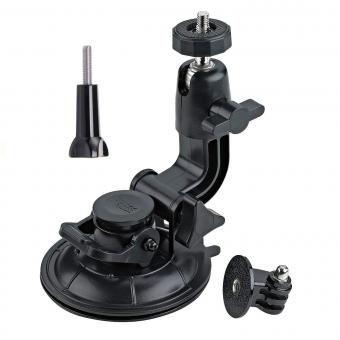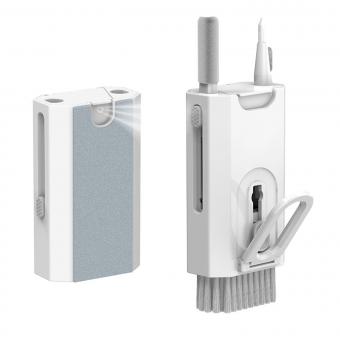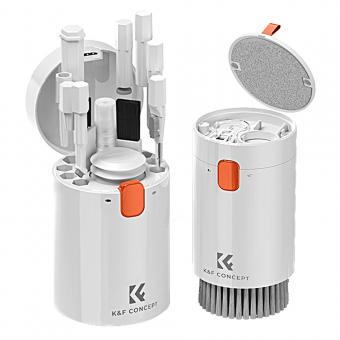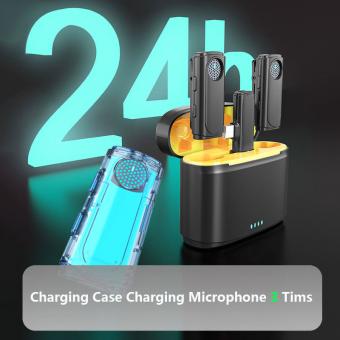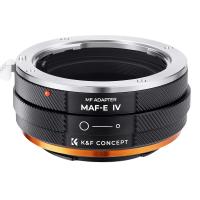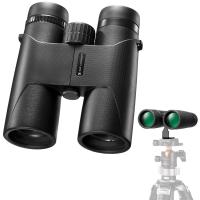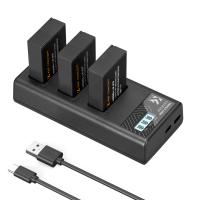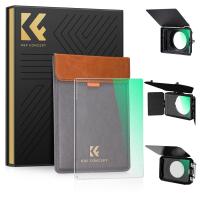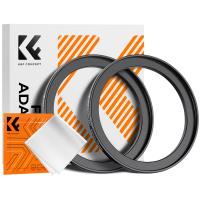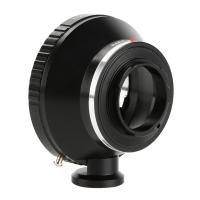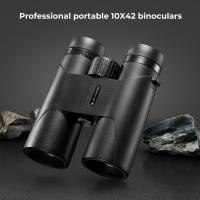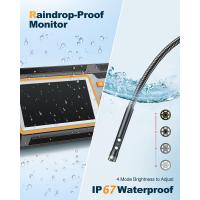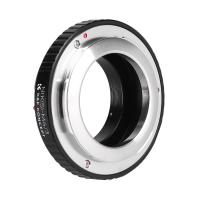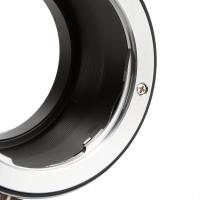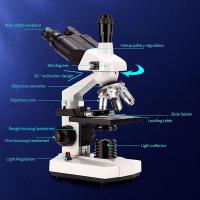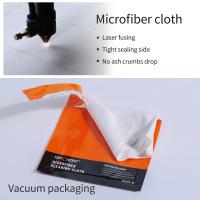How To Clean Binoculars ?
To clean binoculars, start by using a soft brush or cloth to remove any loose dirt or debris from the lenses and body. Then, use a lens cleaning solution or a mixture of mild soap and water to gently clean the lenses. Avoid using harsh chemicals or abrasive materials that could damage the lenses. After cleaning, use a microfiber cloth to dry the lenses and body, making sure to remove any streaks or smudges. Finally, store the binoculars in a protective case or pouch to prevent dust and scratches.
1、 Removing dust and debris from binocular lenses
Removing dust and debris from binocular lenses is an essential part of maintaining their performance and longevity. Here is a step-by-step guide on how to clean binoculars effectively:
1. Start by using a soft-bristled brush or a blower brush to gently remove any loose dust or debris from the lenses. Avoid using compressed air, as it can potentially damage the lens coatings.
2. If there are stubborn particles or smudges on the lenses, use a microfiber cloth or lens cleaning tissue to gently wipe them away. Begin from the center of the lens and move in a circular motion towards the edges. Avoid applying excessive pressure, as it can scratch the lens surface.
3. For more stubborn dirt or fingerprints, slightly dampen the microfiber cloth or lens cleaning tissue with lens cleaning solution or isopropyl alcohol. Again, gently wipe the lenses in a circular motion, ensuring not to press too hard.
4. Pay attention to the eyepieces and focus wheel as well. Use a soft brush or a cotton swab to remove any dirt or debris from these areas.
5. If your binoculars have waterproof or fog-proof features, make sure to clean the exterior as well. Use a damp cloth to wipe away any dirt or grime from the body and rubber armor.
6. Finally, store your binoculars in a protective case or pouch when not in use to prevent dust and debris from accumulating on the lenses.
It is important to note that different binocular models may have specific cleaning instructions provided by the manufacturer. Always refer to the user manual for any specific guidelines or precautions.
In light of the ongoing COVID-19 pandemic, it is also advisable to sanitize your binoculars regularly. Follow the guidelines provided by health authorities regarding the use of disinfectants and cleaning agents to ensure the safety of yourself and others.
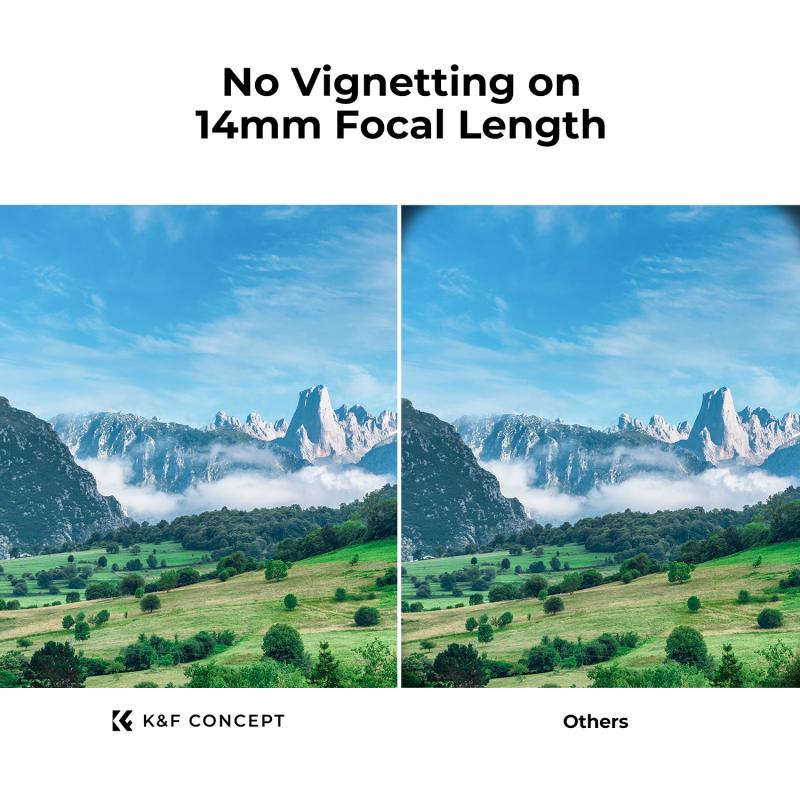
2、 Cleaning the eyepieces and focusing mechanism
Cleaning binoculars is an essential task to maintain their performance and longevity. One crucial aspect of cleaning binoculars is cleaning the eyepieces and focusing mechanism. Here's a step-by-step guide on how to clean these parts effectively:
1. Start by removing any dust or debris from the eyepieces using a soft brush or compressed air. Be gentle to avoid scratching the lenses.
2. Next, use a microfiber cloth or lens cleaning tissue to wipe the eyepieces. Begin from the center and move in a circular motion towards the edges. Avoid using excessive pressure to prevent damage.
3. If there are stubborn smudges or fingerprints, dampen the cloth or tissue with a few drops of lens cleaning solution or isopropyl alcohol. Again, be cautious not to apply too much liquid.
4. For the focusing mechanism, use a small brush or compressed air to remove any dirt or dust. Pay attention to the crevices and moving parts.
5. If the focusing mechanism is stiff or sticky, apply a small amount of silicone lubricant or graphite powder. However, it's crucial to consult the manufacturer's instructions or seek professional advice before applying any lubricant.
6. Finally, wipe the exterior of the binoculars with a clean, dry cloth to remove any remaining dirt or fingerprints.
It's important to note that different binocular models may have specific cleaning instructions, so always refer to the manufacturer's guidelines. Additionally, avoid using harsh chemicals, abrasive materials, or submerging the binoculars in water, as these can damage the lenses and coatings.
In recent years, there has been an increasing emphasis on using eco-friendly cleaning solutions for binoculars. Some manufacturers now offer lens cleaning solutions that are biodegradable and free from harmful chemicals. These eco-friendly options are not only safer for the environment but also ensure the longevity of your binoculars.
Regularly cleaning the eyepieces and focusing mechanism of your binoculars will help maintain their optical performance and extend their lifespan. By following these steps and staying up-to-date with the latest cleaning recommendations, you can enjoy clear and crisp views through your binoculars for years to come.
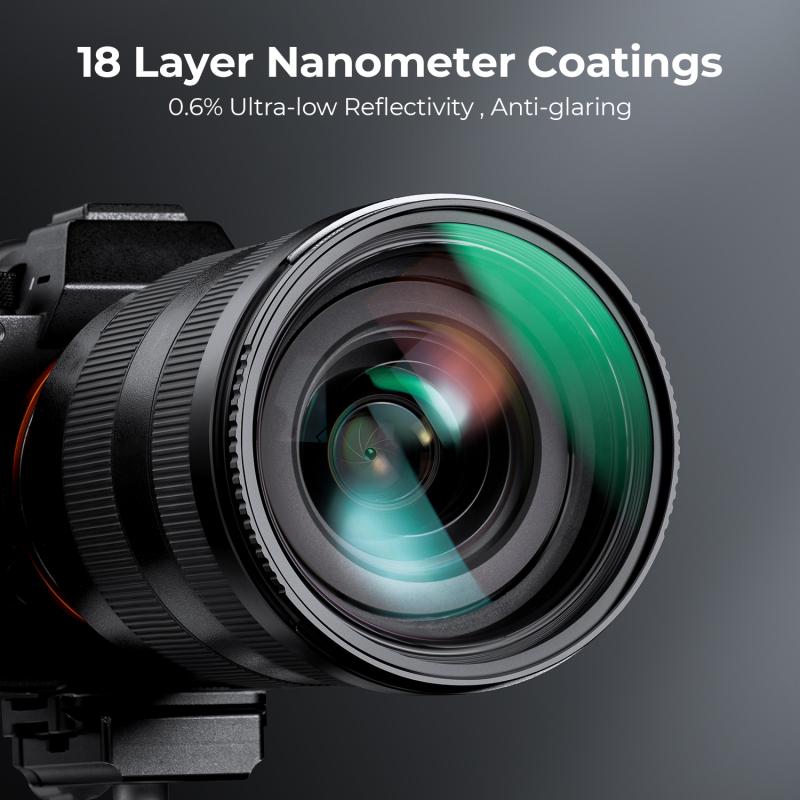
3、 Using lens cleaning solution for stubborn stains or smudges
How to Clean Binoculars: Using Lens Cleaning Solution for Stubborn Stains or Smudges
Binoculars are essential tools for outdoor enthusiasts, birdwatchers, and nature lovers. To ensure optimal performance and longevity, it is crucial to clean and maintain them regularly. While basic cleaning can be done with a soft cloth or brush, stubborn stains or smudges may require the use of a lens cleaning solution. Here's a step-by-step guide on how to clean binoculars using a lens cleaning solution:
1. Start by removing any loose dirt or debris from the binoculars using a soft brush or cloth. Gently brush away any particles that may be stuck on the lenses or body.
2. Next, apply a few drops of a lens cleaning solution specifically designed for optical lenses onto a microfiber cloth. Avoid using regular household cleaners or alcohol-based solutions, as they can damage the lens coatings.
3. Gently wipe the lenses in a circular motion, starting from the center and moving towards the edges. Be careful not to apply too much pressure, as it can scratch the lenses.
4. For stubborn stains or smudges, you may need to repeat the process or use a lens cleaning pen. These pens have a soft brush on one end to remove debris and a cleaning tip on the other to tackle tougher stains.
5. After cleaning the lenses, use a dry microfiber cloth to remove any excess moisture or residue. Ensure that the lenses are completely dry before storing or using the binoculars again.
It is important to note that the latest point of view suggests avoiding excessive cleaning of binocular lenses, as it can potentially damage the delicate coatings. Regular maintenance, including keeping the lenses protected with lens caps and storing the binoculars in a dry and dust-free environment, can help minimize the need for extensive cleaning. Additionally, following the manufacturer's instructions and recommendations for cleaning and maintenance is always advisable to ensure the longevity and performance of your binoculars.
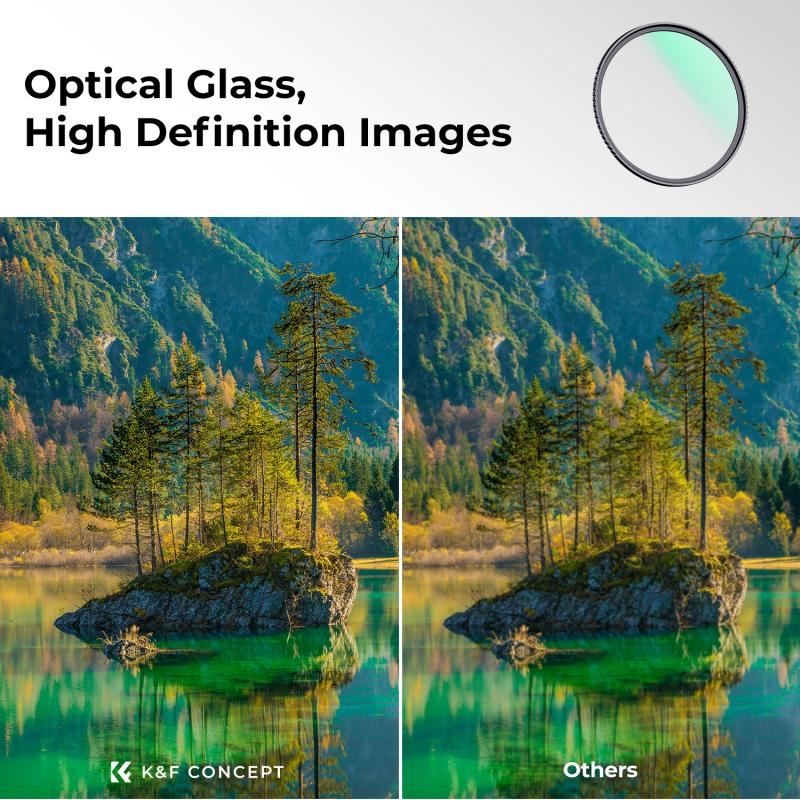
4、 Properly drying and storing binoculars after cleaning
Properly cleaning and maintaining your binoculars is essential to ensure optimal performance and longevity. Here's a step-by-step guide on how to clean binoculars:
1. Start by removing any loose dirt or debris from the lenses and body using a soft brush or air blower. Avoid using compressed air as it may damage the delicate components.
2. Next, use a microfiber cloth or lens cleaning tissue to gently wipe the lenses in a circular motion. Avoid using excessive pressure to prevent scratching the glass. If there are stubborn smudges or fingerprints, lightly dampen the cloth with lens cleaning solution or distilled water.
3. Pay attention to the eyepieces and objective lenses, as these are the most critical parts of the binoculars. Use a lens cleaning pen or a cotton swab dipped in lens cleaning solution to clean these areas. Be careful not to let any liquid seep into the binocular body.
4. If your binoculars have waterproof or fog-proof features, make sure to clean the rubber eyecups and focus wheel thoroughly. Use a soft brush or a damp cloth to remove any dirt or grime.
5. Once you have cleaned the binoculars, it's crucial to properly dry and store them. Use a clean, lint-free cloth to remove any moisture from the lenses and body. Allow the binoculars to air dry completely before storing them.
6. When storing your binoculars, keep them in a dry and dust-free environment. Store them in a protective case or a padded bag to prevent any accidental damage.
It's important to note that different binocular models may have specific cleaning instructions, so always refer to the manufacturer's guidelines. Additionally, stay updated with the latest advancements in lens cleaning solutions and techniques to ensure the best care for your binoculars.




